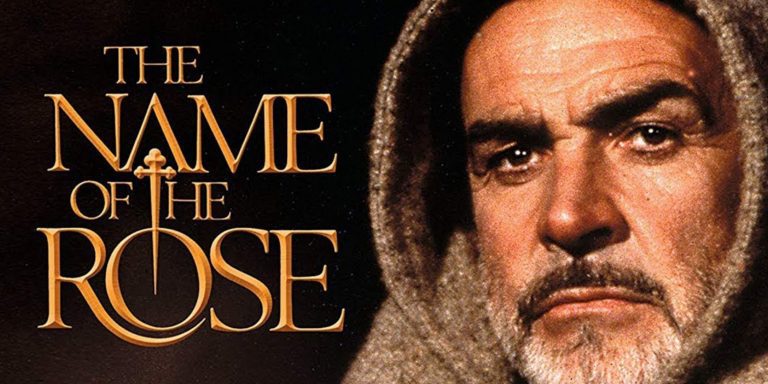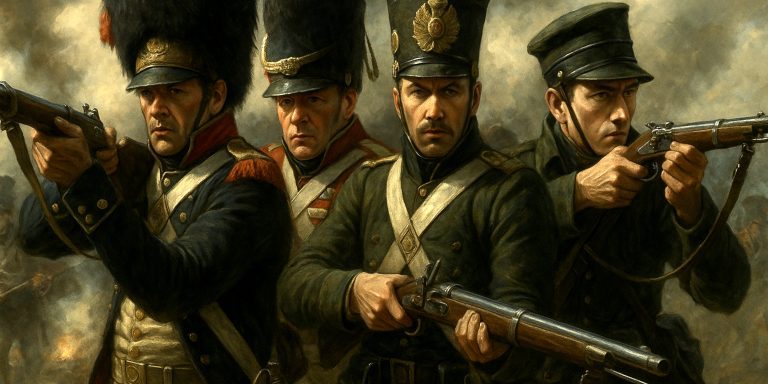
The Battle of Gergovia in 52 BC was one of the most striking setbacks suffered by Julius Caesar during the Gallic Wars. It saw Caesar’s legions attempt to seize the stronghold of Gergovia, capital of the Arverni, held by Vercingetorix. The clash revealed the difficulties of besieging a fortified hill city, the tactical skill of Gallic leaders, and the limits of Roman military supremacy.
Background
After victories at Avaricum and earlier successes in Gaul, Caesar turned against Vercingetorix, who had raised a large Gallic coalition. Gergovia, the Arvernian capital perched on a plateau in central Gaul, became the focal point of the campaign. Its elevated position made direct assault difficult, yet Caesar was determined to dislodge his opponent before Gallic resistance grew stronger.
Forces
Both sides fielded large armies, though exact numbers remain debated.
| Aspect | Detail |
|---|---|
| Roman Commanders | Julius Caesar, Titus Labienus |
| Gallic Commanders | Vercingetorix |
| Roman Troops | c. 30,000–35,000 legionaries (10–11 legions), plus cavalry and auxiliary troops |
| Gallic Troops | c. 40,000–50,000 warriors, largely Arverni with allied contingents |
| Terrain | Gergovia sat on a high plateau with fortified walls, surrounded by steep slopes |
Leaders and Troop Composition
Roman Army
- Julius Caesar in overall command
- Titus Labienus as senior lieutenant
- 10–11 legions, with disciplined formations of heavy infantry
- Allied cavalry and auxiliary light troops
Gallic Army
- Vercingetorix as commander of the Arverni and allies
- Warriors from neighbouring tribes reinforcing the Arverni host
- Cavalry units with knowledge of local terrain
- Militia-style infantry fighting in looser formations compared to Roman legions
Arms and Armour
Both armies came well equipped, reflecting their respective traditions.
Roman
- Swords: Gladius Hispaniensis, pugio (dagger)
- Armour: Lorica hamata (chain mail), Montefortino and Coolus helmets, scutum shields
- Missile Weapons: Pilum (heavy javelin), light javelins for auxiliaries
Gallic
- Swords: La Tène long sword (iron, slashing type)
- Armour: Chain mail (Gallic invention later adopted by Rome), oval shields with central bosses, some helmets with ornate crests
- Other Weapons: Spears, light javelins, slings, and bows
- Cavalry Arms: Long slashing swords, spears, small round shields
Battle Timeline
- Early Skirmishes: Caesar besieges Gergovia by cutting supply routes and attempting to control surrounding villages.
- Roman Manoeuvres: Caesar seizes a hill near the city, threatening the Gallic position.
- Diversionary Attack: Caesar sends part of his army to divert Gallic forces while launching an assault on Gergovia’s walls.
- Roman Setback: Miscommunication leads to Roman troops advancing too far up the slopes. They are met by strong Gallic resistance on the walls.
- Retreat: Caesar orders withdrawal, but heavy losses occur during the descent.
- Aftermath: Caesar abandons the siege and withdraws, suffering one of his rare defeats.
Contemporary Quotes
- Julius Caesar, Commentarii de Bello Gallico, VII.47:
“Our men, urged on by the pursuit of the enemy and by their own success, advanced too far up the hill, until they were close to the walls. Then the Gauls made a sudden sally from the town, and, taking advantage of our men’s rashness, drove them back with heavy loss.” - Caesar, Commentarii de Bello Gallico, VII.51:
“This disaster had a great effect in encouraging the Gauls, for they thought that they had not only regained their liberty, but had struck a heavy blow at our prestige.”
Archaeology
Archaeological research at the plateau of Gergovia near modern Clermont-Ferrand has confirmed the formidable natural defences described by Caesar. Excavations have revealed:
- Remains of Gallic oppida fortifications with stone ramparts and wooden structures.
- Artefacts including La Tène swords, spearheads, and Roman pilum fragments.
- Evidence of siege works, trenches, and camps associated with Caesar’s legions.
The site has since been identified with high confidence as the battlefield Caesar described.
Legacy
The defeat at Gergovia was a rare blemish on Caesar’s Gallic campaign. It boosted Gallic morale and reinforced Vercingetorix’s reputation as a leader capable of resisting Rome. Although Caesar would later achieve decisive victory at Alesia, Gergovia remains a reminder that Roman arms were not invincible, especially when terrain and leadership favoured the defenders.
Watch the documentary:



